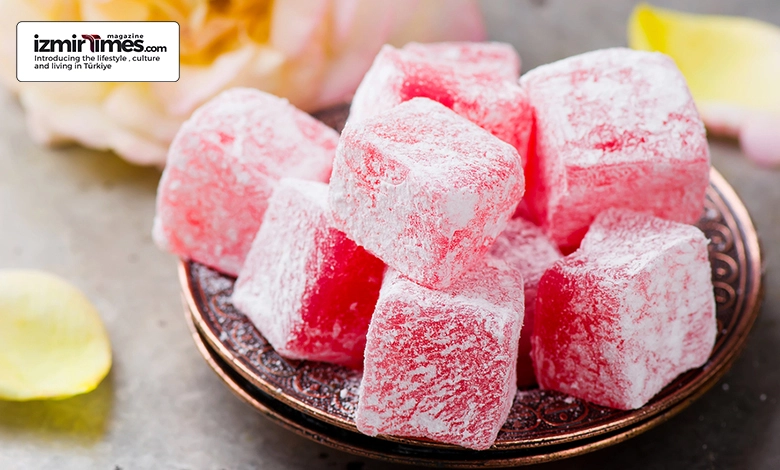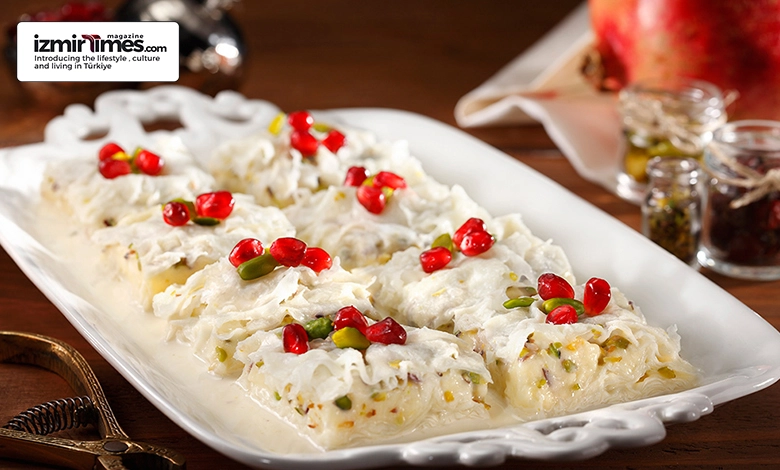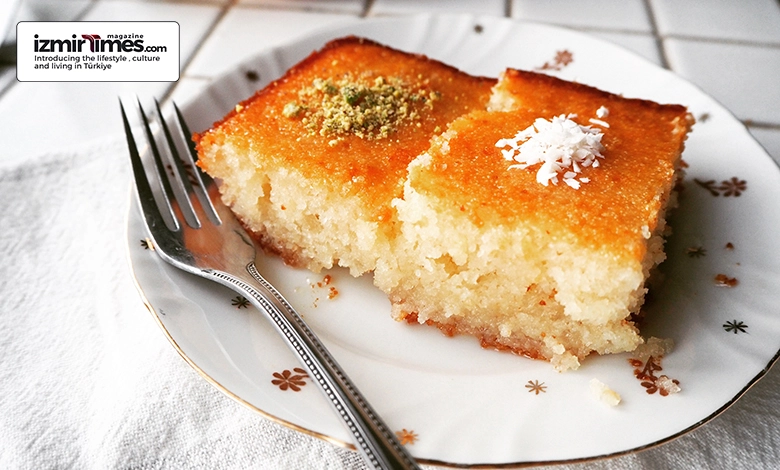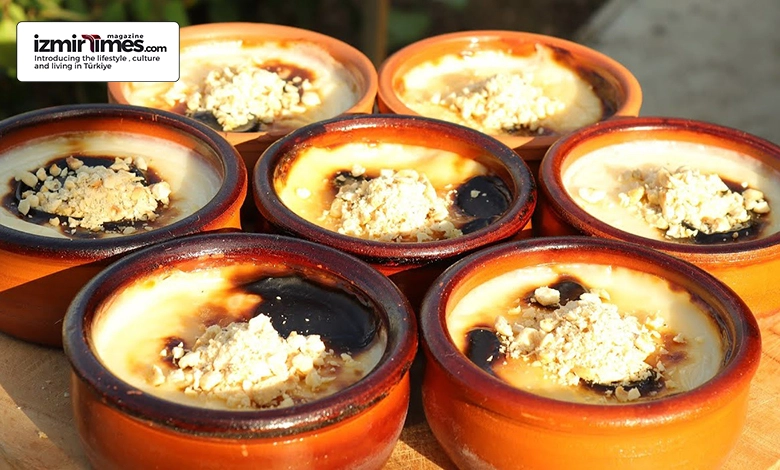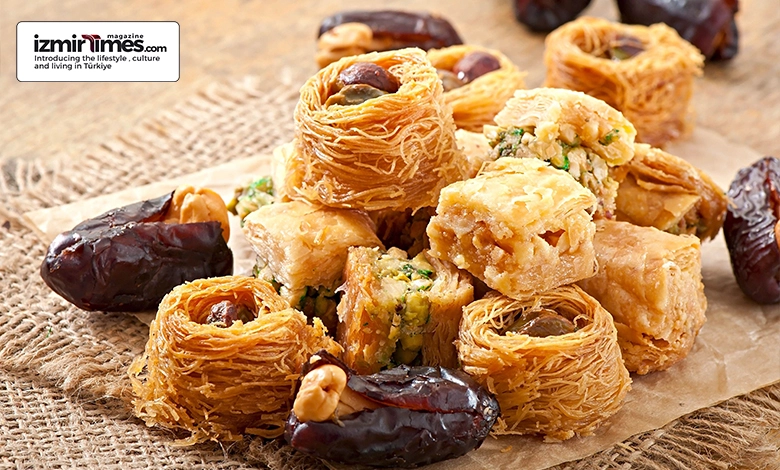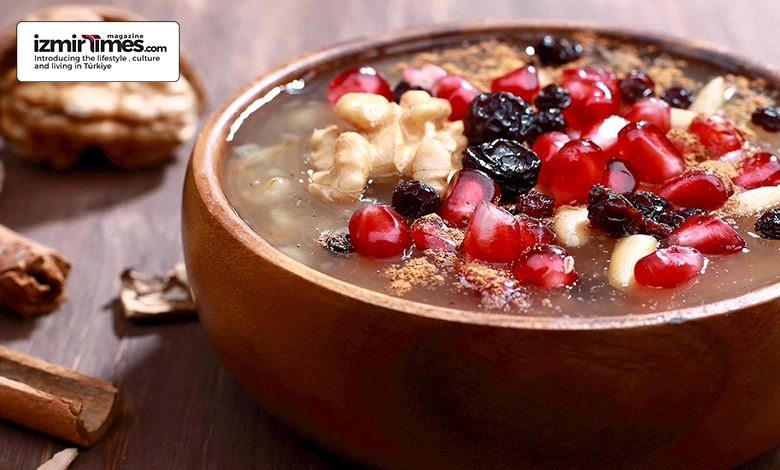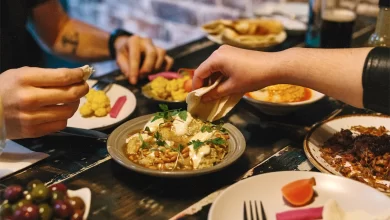The Top Turkish Desserts That Will Satisfy Your Sweet Tooth
Satisfy Your Sweet Cravings: Top Turkish Desserts to Indulge In

Introduction to Turkish Desserts
Turkish cuisine is renowned for its rich flavors and diverse range of dishes. Regarding satisfying your sweet tooth, Turkish desserts are in a league of their own. From flaky pastries to creamy puddings, the country boasts a delightful array of treats that will leave you craving more.
Embarking on a culinary journey through Turkey unveils a tempting array of flavors and textures, with Turkish desserts standing out as a testament to the country’s rich culinary heritage. From ancient recipes passed down through generations to modern twists on traditional favorites, Turkish desserts promise a sweet adventure that captivates the taste buds.
The history of Turkish desserts is deeply intertwined with the region’s cultural tapestry. Influenced by Ottoman, Persian, Arabic, and Mediterranean culinary traditions, Turkish sweets have evolved into a diverse collection of confections showcasing the fusion of various civilizations’ flavors.
Baklava: A Sweet and Flaky Delight
One of the most beloved Turkish desserts is Baklava. This sweet and flaky pastry is made by layering thin sheets of phyllo dough with a generous filling of chopped nuts, such as pistachios or walnuts. The layers are then drenched in a sticky syrup from honey or sugar, creating a heavenly combination of textures and flavors.
The origins of baklava can be traced back to the imperial kitchens of the Ottoman Empire, where it was crafted as a luxurious indulgence for sultans and royalty. Over time, this culinary gem became a symbol of celebration and festivity, gracing tables during weddings, religious holidays, and joyous occasions.
Baklava holds a special place in Turkish hospitality. It is customary to offer guests baklava as a gesture of warmth and welcome during festive gatherings or special occasions. Sharing a tray of baklava is a symbol of communal joy, fostering a sense of togetherness and celebration.
Beyond Turkey’s borders, baklava has become a beloved dessert worldwide. Its popularity transcends cultures, and its exquisite combination of flavors and textures has found a place on dessert tables from the Middle East to Europe and beyond.
Turkish Delight: A Classic Treat with a Twist
No discussion of Turkish desserts would be complete without mentioning Turkish Delight. This classic treat, known as “lokum,” is a gel-like confection made with starch, sugar, and various flavorings. A Turkish Delight suits every palate, from fruity delights like rose or lemon to nutty variations like pistachio or hazelnut.
The origins of Turkish Delight can be traced back to the imperial kitchens of the Ottoman Empire, where it was crafted as a delicacy for royalty and esteemed guests. Its royal connection adds a regality to this confection, elevating it from a simple treat to a symbol of refined taste.
The defining characteristic of Turkish Delight is its delightfully chewy texture. Starch, typically from corn or potato, contributes to this distinctive consistency, creating a soft confection yet has a satisfying resistance with every bite.
Turkish Delight plays a significant role in Turkish hospitality and celebrations. It is customary to offer guests a tray of assorted Turkish Delight, particularly during festive occasions and weddings, or as a symbol of warm hospitality.
Beyond Turkey’s borders, Turkish Delight has gained international acclaim and become a cherished treat in various cultures.
Künefe: A Cheese-Filled Dessert with a Crunchy Exterior
Künefe is a unique Turkish dessert that combines the richness of cheese with a crunchy, buttery exterior. It features a soft, stretchy cheese sandwiched between layers of shredded phyllo dough baked until golden and crispy. The whole dessert is soaked in sweet syrup and often served warm, creating a delightful contrast of textures and temperatures.
Gaziantep, renowned for its gastronomic prowess, is the birthplace of künefe. This dessert reflects the city’s commitment to culinary excellence, combining a harmonious blend of traditional techniques and local ingredients to create a sweet masterpiece that has become a source of regional pride.
Künefe is best enjoyed fresh and warm. Served hot out of the oven, it captivates the senses with its irresistible aroma and inviting appearance. The contrast between the crispiness of the exterior and the gooey, cheesy interior creates a sensory experience that lingers on the palate.
In Gaziantep and beyond, künefe holds cultural significance as a dessert associated with celebrations, family gatherings, and special occasions. Its popularity has transcended regional borders, becoming a beloved treat throughout Turkey and beyond. With its unique combination of textures and flavors, künefe has gained international recognition and has become a sought-after dessert in various parts of the world. Its ability to delight taste buds and showcase the diversity of Turkish sweets has positioned künefe as a global ambassador of Turkish culinary excellence.
Sütlaç: Creamy Rice Pudding with a Caramelized Top
A beloved Turkish comfort food, Sütlaç is a creamy rice pudding typically flavored with vanilla and topped with a caramelized layer. This comforting dessert is made by slowly simmering rice in milk until it becomes thick and creamy. It is then sweetened with sugar and finished with a blowtorch to create the signature caramelized top.
While the core of sütlaç remains consistent, regional variations and personal touches abound. Some recipes may include the addition of rose or orange blossom water, offering a unique twist to the traditional flavor profile. Nuts such as pistachios or almonds may also be sprinkled on top, adding an extra layer of texture.
Sütlaç is typically served chilled, allowing the flavors to meld and the pudding to set into a luscious, cohesive treat. Whether presented in individual ramekins or communal bowls, sütlaç is often garnished with a dusting of ground cinnamon or a sprinkle of chopped nuts, enhancing its visual appeal.
As a testament to Turkey’s culinary heritage, sütlaç embodies the timelessness of simple, well-executed desserts. Its enduring popularity speaks to the universal appeal of creamy rice pudding, making it a cherished part of Turkish cuisine that resonates across generations.
Beyond Turkey’s borders, sütlaç has gained international recognition as a comforting and satisfying dessert. Its universal appeal has led to its inclusion in Turkish restaurants worldwide, allowing global audiences to experience the heartwarming joy this creamy delight brings.
Revani: A Moist Semolina Cake Soaked in Syrup
Revani is a moist semolina cake soaked in a sweet syrup made from lemon juice, sugar, and water. Adding semolina gives this cake a unique texture, and the syrup ensures that every bite is flavorful. Often served with a dollop of whipped cream or a sprinkling of pistachios, Revani is a true crowd-pleaser.
Revani is often cut into square or diamond-shaped pieces, presenting an inviting array on dessert plates. Garnishes may include a dusting of powdered sugar, chopped nuts, or even desiccated coconut, enhancing the visual appeal and providing additional textures to the overall tasting experience.
Revani is often enjoyed as a delightful accompaniment to Turkish tea. The sweetness in the cake complements the robust flavors of tea, making it a favored pairing during leisurely afternoons or as a sweet conclusion to a traditional Turkish meal.
Lokma: Deep-fried dough Balls Drenched in Syrup
Lokma, or Turkish donuts, are small, deep-fried dough balls soaked in a sugary syrup. These bite-sized treats are crispy on the outside and soft on the inside, making them utterly irresistible. They are often served warm and sprinkled with cinnamon or garnished with chopped nuts for an extra indulgence.
Lokma comes in various sweetness levels, allowing for personal preferences to shine. Some versions feature a lighter syrup coating, appealing to those who favor a milder sweetness, while others may embrace a more generous drenching for an extra decadent experience.
The preparation of lokma is often a communal affair, with families and friends coming together to fry, coat, and share these delightful morsels. This shared process adds an extra layer of joy to the experience, making Lokma not just a dessert but a symbol of togetherness.
Lokma is not limited to festive occasions; it is a popular street food that locals and tourists enjoy. Street vendors often set up stalls, offering freshly fried lokma to passersby who crave a spontaneous and delightful sweet indulgence.
Güllaç: Layers of Thin Pastry with Milk and Pomegranate
Güllaç is a unique Turkish dessert that consists of layers of thin pastry sheets soaked in sweetened milk. This delicate dessert is often enjoyed during the holy month of Ramadan and special occasions. It is traditionally garnished with pomegranate seeds, giving it a burst of freshness and a beautiful presentation.
Güllaç, a jewel in the crown of Turkish desserts, unveils a delicate and fragrant tapestry that showcases the artistry and sophistication of Turkish culinary traditions.
Güllaç has deep historical roots, dating back to the Ottoman era. Traditionally prepared during the holy month of Ramadan, güllaç holds a special place in Turkish homes as a symbol of renewal, sharing, and the joy of breaking the fast with a delectable, rose-flavored dessert.
The hallmark of güllaç lies in its thin, translucent layers. These delicate sheets are made from a unique combination of starch, wheat, and water, creating an ethereal and satisfying texture. Assembling güllaç involves layering these sheets with a luscious filling, typically composed of finely ground nuts such as walnuts or pistachios.
While güllaç is traditionally associated with Ramadan, its popularity extends beyond this holy month. During special occasions and celebrations, variations may emerge, incorporating seasonal fruits such as pomegranates or berries. These additions enhance güllaç’s visual appeal and introduce additional layers of flavor.
Aşure: A Festive Dessert Packed with Nuts, Fruits, and Beans
Aşure, also known as Noah’s Pudding, is a festive dessert with nuts, fruits, and beans. This hearty dessert is traditionally prepared during the Islamic month of Muharram and is shared among family and friends. Combining ingredients creates unique flavors and textures, making each spoonful a delightful surprise.
Aşure traces its roots to the tale of Noah’s Ark, where it is believed that Noah prepared this hearty pudding with the remaining grains and ingredients on the ark. In Turkish culture, aşure is often associated with the month of Muharram and is shared among friends, neighbors, and communities as a symbol of unity and harmony.
Aşure traditionally consists of a symbolic number of ingredients—often twelve or more—representing the twelve months of the lunar calendar. This intentional selection of ingredients adds an extra layer of cultural and symbolic depth to the dessert.
To sweeten aşure, sugar or grape molasses is added, providing a sweet contrast to the natural sugars in the dried fruits. The choice between sugar and molasses may vary, allowing for personal preferences and regional variations in the overall sweetness of the pudding.
Preparing aşure is not merely a culinary task but a communal ritual involving shared effort and joy. Families and neighbors come together to prepare large batches of aşure, creating an atmosphere of togetherness and camaraderie in the kitchen.
Conclusion: Indulge in the Sweet Delights of Turkish Cuisine
In conclusion, Turkish desserts offer a compelling journey for your taste buds. Each dessert showcases Turkey’s rich culinary heritage, from the flaky layers of baklava to the gooey texture of Turkish delight. So, the next time you crave something sweet, consider indulging in the delightful world of Turkish desserts and experience the true essence of Turkish cuisine.
This is all for now. Let me know if there’s anything else you’d like to add or need further assistance!






